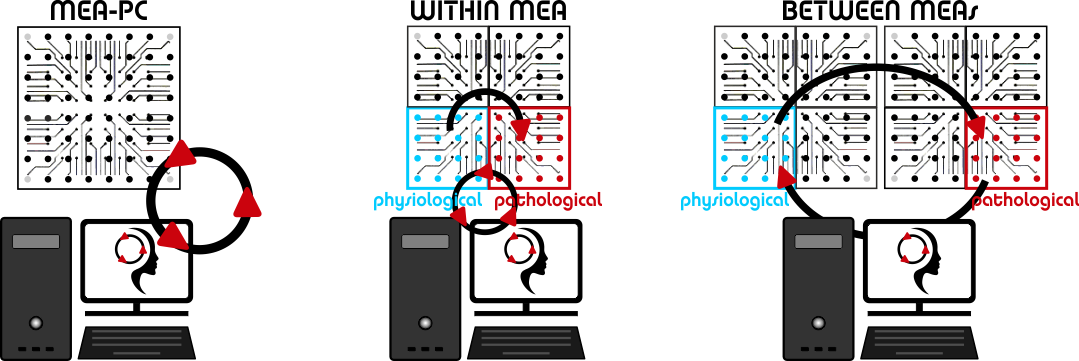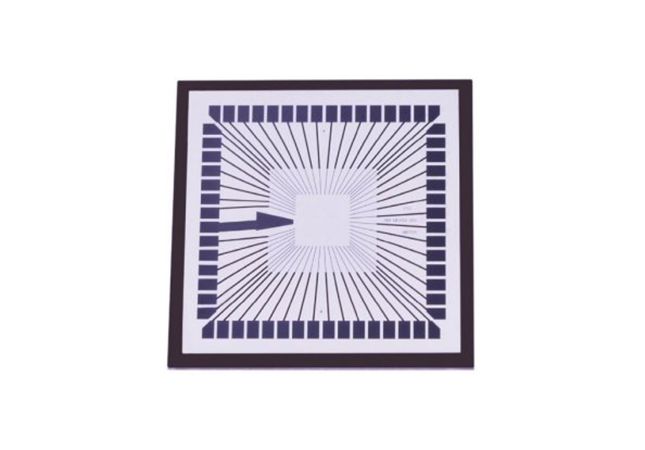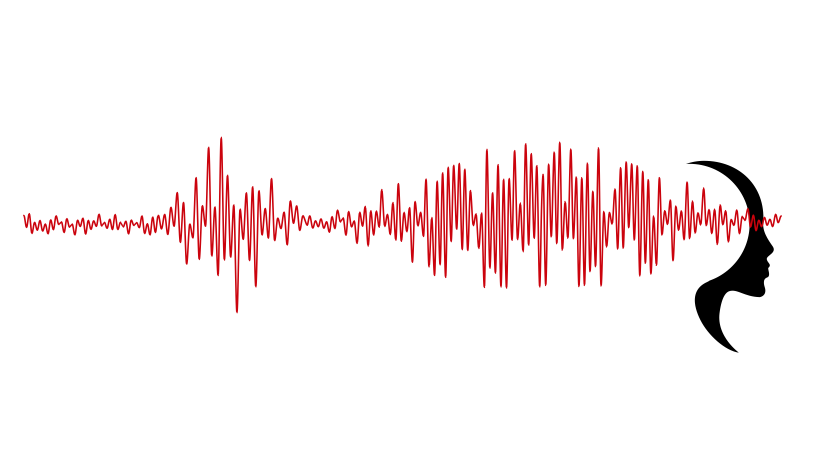Bridging the gap of neuronal communication by means of intelligent hybrid systems
Objectives & Experimental Design
Re.B.Us originates from visionary concepts that are made possible by the simple and feasible experimental design.
A functional partnership will be established between a biological graft neuronal network and an intelligent controller that fine-tunes the dynamics of the graft while orchestrating its integration into the diseased host nervous tissue. The intelligent biohybrid device conceived in Re.B.Us will serve as a bridge between disrupted neuronal circuits and behave as an ‘adaptive filter’ to rectify the impaired neuronal function and rebalance the diseased brain.
Re.B.Us will make combined use of in vitro electrophysiology and computational and engineering tools to restore the physiological function in CNS disease models of epilepsy and focal brain lesion.
60-channels multi-electrode array (MEA) recording will allow capturing both local field potentials and multi-unit activity, therefore making it possible to infer correlations between the activity of small neuronal ensembles and collective neuronal network dynamics.
The project will progress towards its ultimate goal through 3 main objectives:
AIM 1: Investigate neuronal network dynamics in physiological and pathological conditions
AIM 2: Build adaptive stimulation protocols for real-time neural control
AIM 3: Functional repair of diseased neuronal networks via a closed-loop approach
AIM 1: Investigate neuronal network dynamics in physiological and pathological conditions (WP1)
Within this WP we seek to:
-
Identify the correlation between activity of functional microcircuits and collective neuronal network dynamics
-
Characterize the differences between the I/O functions of healthy and diseased neuronal networks
-
Test open-loop stimulation protocols
AIM 2: Build adaptive stimulation protocols for real-time neural control (WP2)
Within this WP we will investigate the impact of electrical stimuli distribution on neuronal network dynamics in order to build, test and optimize the core of the closed-loop adaptive electrical stimulation algorithm, to be subsequently refined in WP3.
AIM 3: Functional repair of diseased neuronal networks via a closed-loop approach (WP3)
We will use different closed-loop configurations of increasing levels of complexity (see illustration below):
-
MEA-PC closed loop interactions – We will test and validate the novel adaptive stimulation algorithm in the in vitro models of epilepsy and focal brain ischemia
-
MEA-MEA closed-loop interactions: within MEA connections – We will artificially reconnect a disconnected sub-region within the same brain tissue sample (bridging approach)
-
MEA-MEA closed-loop interactions: between MEA connections – We will artificially connect sub-regions of distinct brain tissue samples. Closed-loop control of each MEA-sample component may be implemented as supportive real-time modulation of the interacting host and graft tissues (replacement approach).







